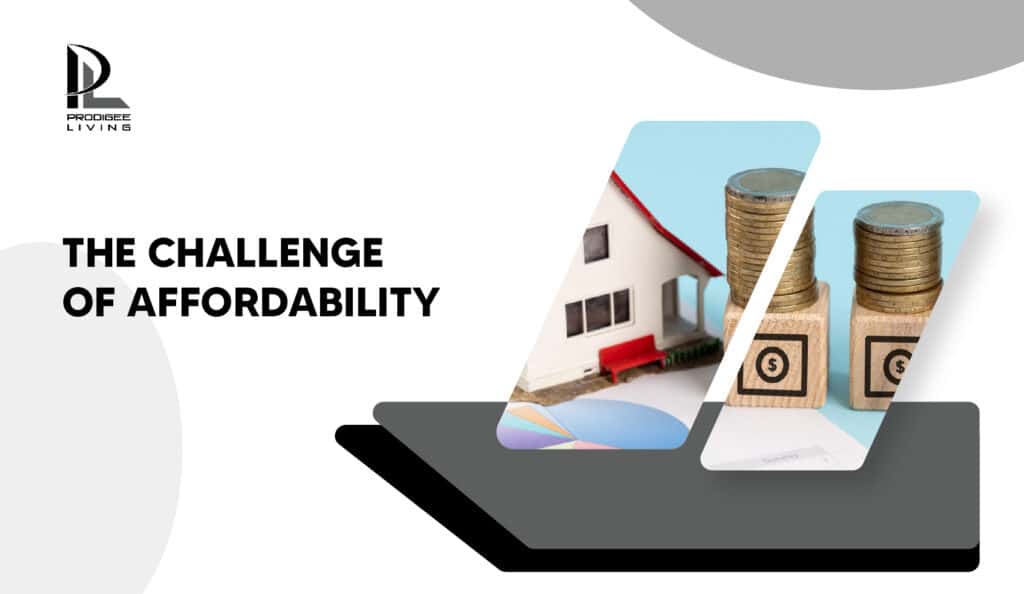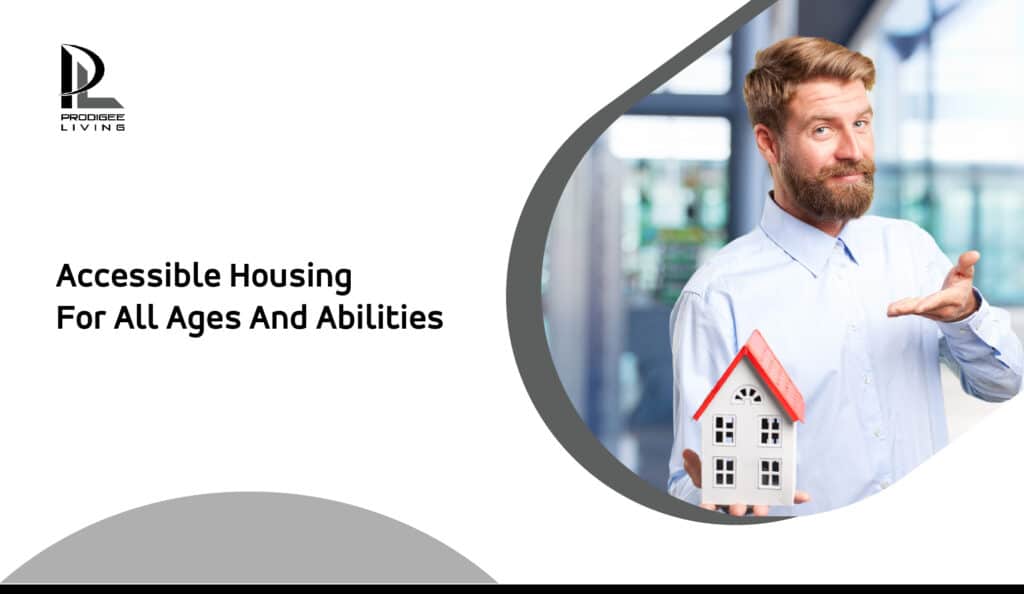In an era characterized by rapid urbanization and social change, the importance of building strong, inclusive communities cannot be overstated. Access to affordable housing is a fundamental component of community development, and it plays a pivotal role in shaping the fabric of our society. In this article, we, as dedicated advocates of community growth and prosperity, delve deep into the intricacies of housing opportunities for all, shedding light on the critical factors that contribute to the establishment of robust, thriving neighborhoods.
Affordable Housing: A Cornerstone of Community Development
Affordable housing is the cornerstone upon which strong communities are built. It provides individuals and families with the stability they need to pursue their goals, contribute to the workforce, and engage actively in civic life. Moreover, accessible and affordable housing options ensure that no one is left behind, promoting social cohesion and economic vitality.

The Challenge Of Affordability
Affordability is a pressing concern in many parts of the world. Rising property values and rental costs have created a housing market that is increasingly out of reach for a significant portion of the population. This challenge is particularly acute in urban areas where the demand for housing often outstrips the supply.
Innovative Solutions To Affordability
As a society, we must explore innovative solutions to tackle the issue of affordability head-on. This includes supporting initiatives such as:
- Government Subsidies: Governments can play a pivotal role in subsidizing housing costs for low-income individuals and families. By investing in affordable housing projects, governments can ensure that housing remains within reach for all citizens.
- Community Land Trusts: Community land trusts are nonprofit organizations that acquire and hold land to benefit the community. Also, they can be instrumental in preserving affordable housing options in rapidly gentrifying neighborhoods.
- Incentives for Developers: Encouraging developers to include affordable units in their projects through incentives like tax breaks can boost the availability of affordable housing.
- Mixed-Income Housing: Promoting the development of mixed-income communities fosters economic diversity and can help reduce the concentration of poverty.

Accessible Housing For All Ages and Abilities
When we discuss housing opportunities for all, it’s crucial to address accessibility for people of all ages and abilities. Our communities should be designed with inclusivity in mind, ensuring that individuals with disabilities and older adults can live comfortably and independently.
Universal Design Principles
Universal design principles emphasize creating living spaces that are accessible to everyone, regardless of their physical abilities. These principles can include:
- Zero-Step Entrances: Eliminating steps and creating smooth entrances to buildings ensures that wheelchairs and strollers can easily access homes.
- Wide Doorways and Hallways: Spacious interior spaces accommodate mobility aids and allow for ease of movement.
- Accessible Bathrooms: Bathrooms designed with grab bars, roll-in showers, and adjustable fixtures cater to a wide range of needs.
Age-Friendly Communities
To foster truly inclusive communities, we must also consider the needs of older adults. Age-friendly communities provide essential services, social engagement opportunities, and safe environments for seniors. Moreover, these initiatives can help seniors age in place, maintaining their independence and contributing to the vitality of their neighborhoods.
Sustainability and Green Initiatives
Building strong communities extends beyond the physical structures; it encompasses environmental sustainability. Also, as the world grapples with climate change, it’s imperative that housing solutions align with green initiatives to reduce our carbon footprint and ensure a healthy future for all.
Sustainable Building Practices
Sustainable building practices emphasize using eco-friendly materials, energy-efficient designs, and renewable energy sources. These practices not only reduce environmental impact but also lead to cost savings for homeowners in the long run.
Community Gardens and Green Spaces
Incorporating community gardens and green spaces into housing developments not only beautifies neighborhoods but also promotes community engagement and healthy
Sustainable building practices emphasize using eco-friendly materials, energy-efficient designs, and renewable energy sources. These practices not only reduce environmental impact but also lead to cost savings for homeowners in the long run.
Community Gardens and Green Spaces
Incorporating community gardens and green spaces into housing developments not only beautifies neighborhoods but also promotes community engagement and healthy
Sustainable building practices emphasize using eco-friendly materials, energy-efficient designs, and renewable energy sources. These practices not only reduce environmental impact but also lead to cost savings for homeowners in the long run.
Community Gardens And Green Spaces
Incorporating community gardens and green spaces into housing developments not only beautifies neighborhoods but also promotes community engagement and healthy living. These areas provide residents with the opportunity to grow their own food, connect with nature, and enjoy outdoor activities.
In our pursuit of building strong communities, the quest for housing opportunities for all is paramount. Affordable housing, accessibility, sustainability, and inclusivity are the cornerstones of creating neighborhoods where every individual can thrive. By embracing innovative solutions and universal design principles, we can ensure that our communities are not only places to live but places to belong.
As we look to the future, let us remember that the strength of a community is measured by the well-being and happiness of its residents. In addition, we can build a more inclusive, sustainable, and vibrant world—one where housing opportunities are truly available for all.
